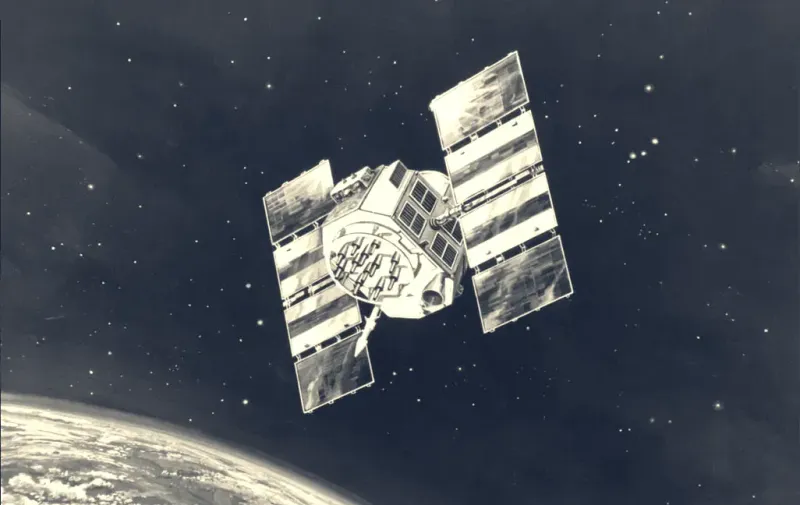Review: ReThink PNT essay on modern PNT mission challenges
Andy Proctor's discussion paper highlights issues with PNT treated like it's a space system when it's a soldier system

- Terms
- pnt-sa - position, navigation, timing situational awareness
- conops - concept of operations
In future conflicts—in the Pacific and other contested regions—American forces must treat Positioning, Navigation, and Timing situational awareness (PNT-SA) not as an accessory, but as a mission-critical capability. Andy Proctor’s recent discussion paper argues that PNT-SA is a critical strategic capability for resilience and operational continuity. Simply put, forces must know the status of GPS and related systems, understand disruptions, and anticipate future impacts. This approach shifts forces from reacting to PNT outages to proactively controlling the operational situation. Mission objectives define technology insertion, never the reverse.
The paper argues technical solutions alone cannot guarantee resilience. Anti-jam antennas and backup systems are important but insufficient. Proctor emphasizes that device-level fixes without integration into broader operational frameworks expose systems to cascading failures. Adversaries regularly employ satellite spoofing and jamming techniques, highlighting that isolated technological responses are inadequate. Without comprehensive PNT situational awareness, operators often remain unaware of disruptions until after operational damage occurs. The comparison is clear: PNT-SA must be institutionalized similarly to cybersecurity or air traffic control. This requires structured, proactive assurance through consistent monitoring, alternative navigation solutions, and decision processes that activate well before disruptions occur. Senior leadership must recognize PNT-SA as a strategic necessity integral to modern operational success.
Proctor’s framework insists PNT-SA be embedded within concepts of operations (CONOPs), aligning with operational decision-making cycles. It involves real-time perception of signal status, organizational comprehension of operational impacts, and strategic projection of future system states. For the U.S. military, practical implementation involves dedicated PNT-SA cells monitoring potential disruptions, personnel trained to operate under degraded conditions, and comprehensive recovery protocols. Recent incidents of GPS signal jamming by Chinese naval forces in the Asia-Pacific underscore the urgency of robust PNT-SA capabilities.
The core of the discussion paper's argument is that a PNT-SA framework, including coordination hubs, cross-sector analysis teams, and clearly defined accountability, ensures resilience when disruptions occur. By rooting technological solutions within CONOPs, military operations achieve adaptive, enduring dominance. Effective integration of PNT-SA into operational structures safeguards mission integrity, ensuring American forces maintain superiority even in contested, GPS-denied environments. The future of operational dominance depends on mission-driven technology integration, with PNT situational awareness as a foundational capability.
Read the entire essay here to better understand or download below.


